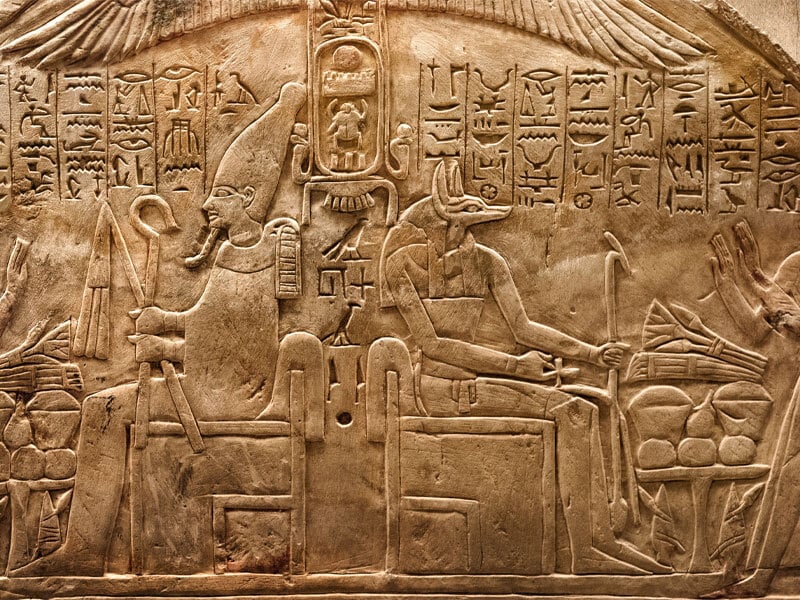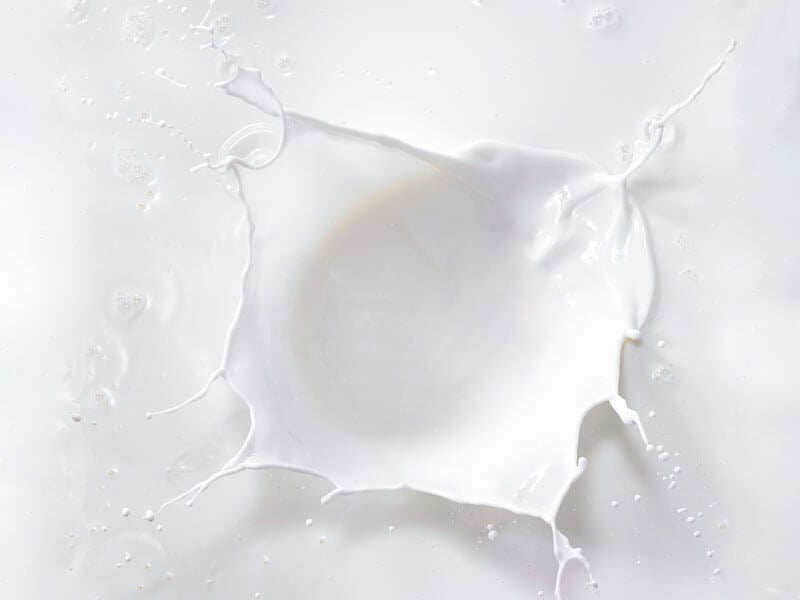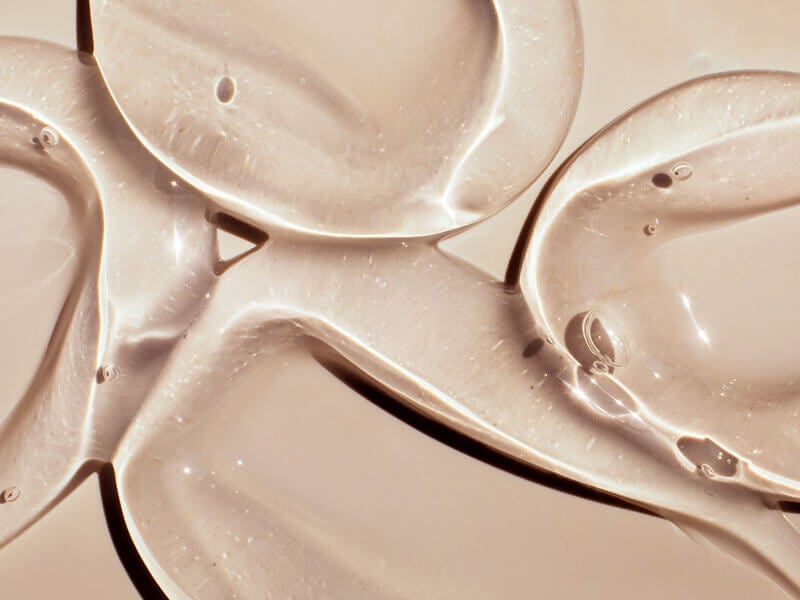Aldehydes, frequently discussed in the world of perfumery, have gained notoriety for their role in the composition of renowned fragrances. These organic compounds, known for their distinctive smells, vary from waxy, citrusy, or rosy aromas reminiscent of snuffed-out candles to other complex scents. Contrary to popular belief, aldehydes were not first used in high-profile synthetic fragrances of the early 20th century. In fact, aldehydes have been integral to perfume making much earlier, with their application dating back to creations like Rêve D'Or in 1905, which predate more famous counterparts.
Aldehydes are characterized by a carbonyl group (C=O) bonded to hydrogen or alkyl or aryl substituents. This configuration makes a compound an aldehyde if at least one substituent is hydrogen; otherwise, it is classified as a ketone. Both aldehydes and ketones are known for their potent odors, though they differ in scent profiles. For example, ketones generally possess pleasant aromas and are commonly used in perfumes and food flavorings. In contrast, aldehydes can range from unpleasant (such as the smell of rotten fruits in lower molecular weight aldehydes) to the more agreeably fragrant higher molecular weight and aromatic aldehydes used in perfumery.
An example of a simple aldehyde is formaldehyde, a highly reactive compound discovered in 1859 and used in various applications from dyes to preservatives. Another notable aldehyde is acetaldehyde, first synthesized in 1774, which has a unique historical significance in the study of organic chemistry.
The presence of aldehydes in a fragrance does not solely define its character; rather, it is the skillful blending that contributes to the distinctiveness of a perfume. Marketing strategies have sometimes exaggerated the importance of synthetic materials in certain iconic fragrances, creating misconceptions about the role of aldehydes. These compounds are often used to add a fizzy, sparkling quality to fragrances, reminiscent of citrus or floral notes, and can also impart a fatty, waxy, or soapy tone, as seen in various modern perfumes.
In perfumery, aldehydes are utilized in a variety of chain lengths, each contributing different scent profiles—from the herbal green odor of heptanal found in clary sage to the powerful evocation of orange rind by decanal. These diverse aldehydes play crucial roles in the creation of complex fragrance bouquets, demonstrating their importance beyond simplistic associations with synthetic ingredients.
Moreover, the use of aldehydes extends to replicating specific natural essences, such as the green note of phenylacetaldehyde used to mimic narcissus. The manipulation of benzene to create aromatic aldehydes also allows for the reproduction of scents like lily of the valley or cyclamen through compounds like Lilial and Cyclamen aldehyde. The rich tapestry of smells created by aldehydes, ranging from licorice-like anisaldehyde to the almond scent of benzaldehyde, showcases their versatility and vital role in both traditional and modern perfumery.
Aldehydes, therefore, are far more than mere ingredients; they are fundamental to the art and science of fragrance creation, offering a palette of scents that are integral to the olfactory beauty and complexity of perfumes. Understanding their diverse roles helps to appreciate the depth and sophistication that aldehydes bring to the world of fragrance.





